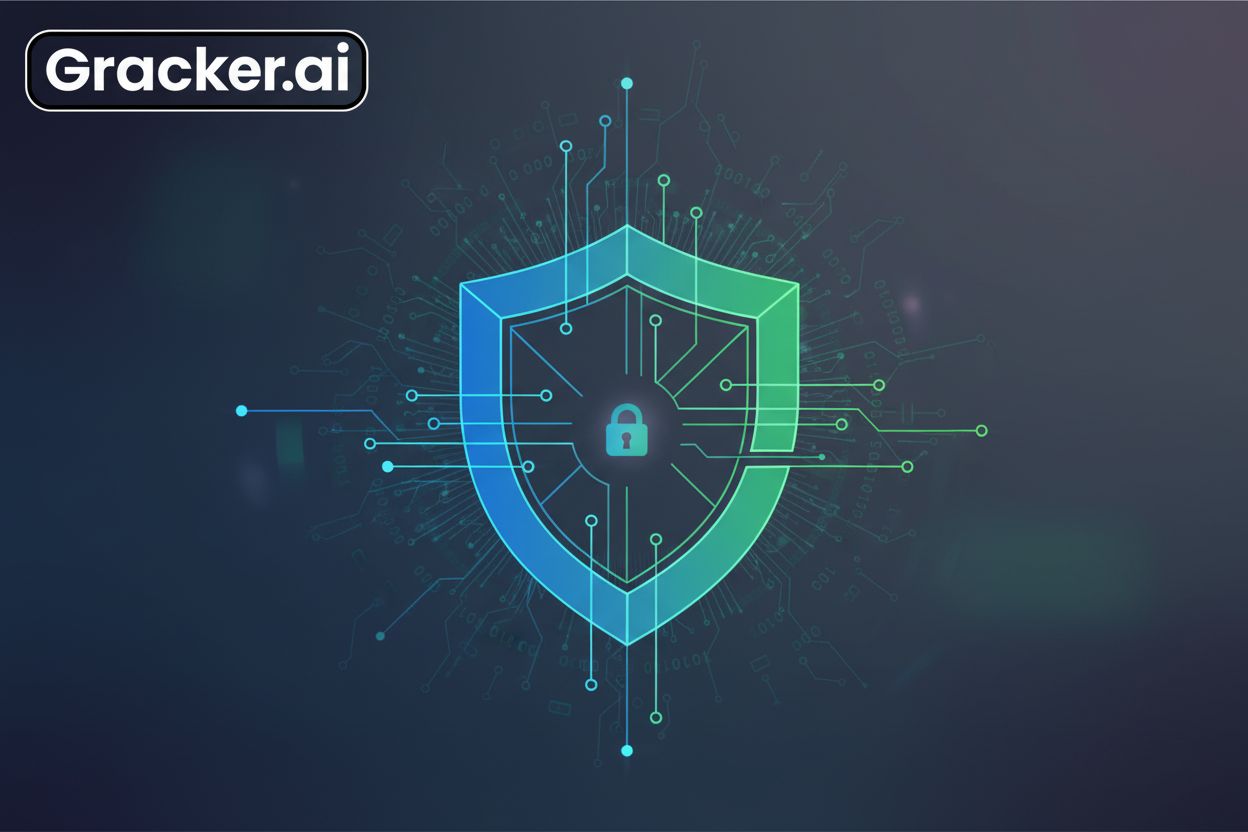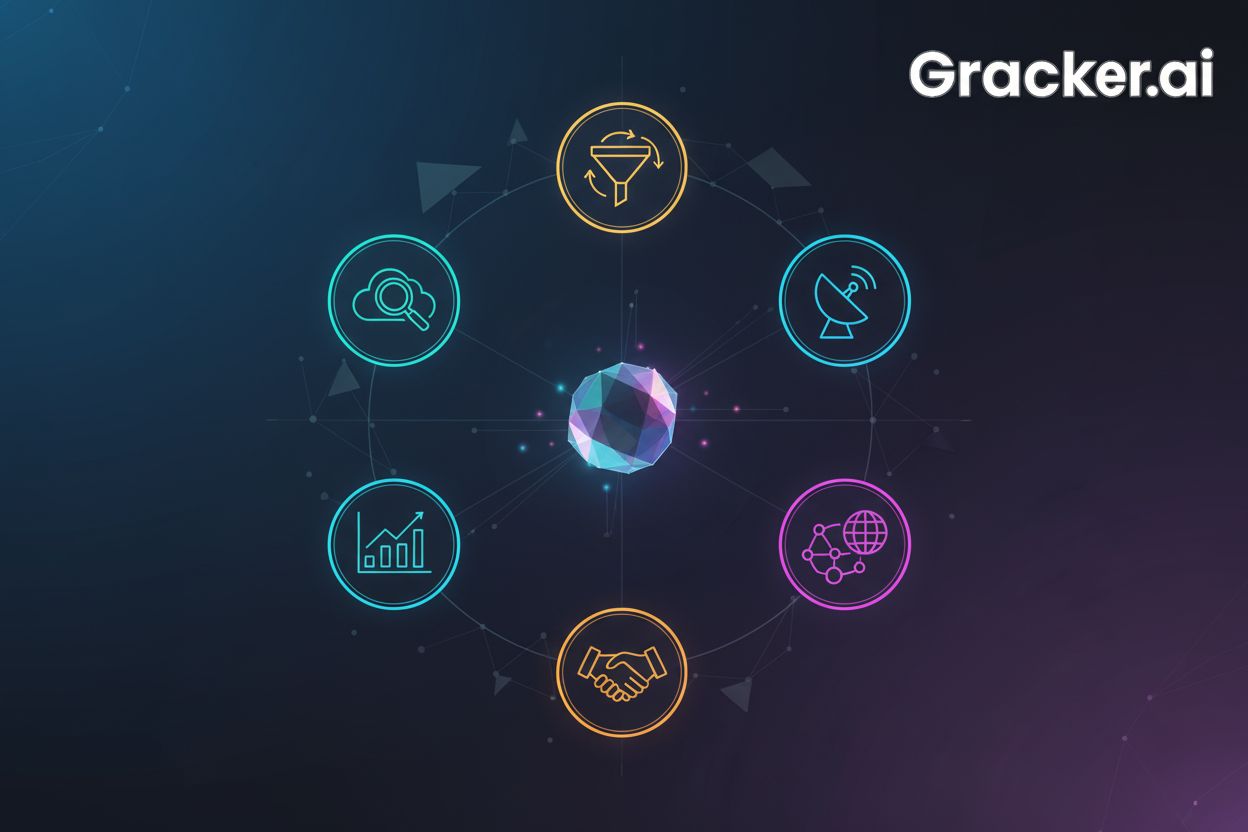How to Build a Strong Cybersecurity Plan for Your Business

Cyberattacks are growing more advanced every year. Businesses of every size are now targets. Without a clear plan, one data breach can stop operations, damage reputation, and drain finances. Building a strong cybersecurity plan protects your systems, your clients, and your future.
Identify and Prioritize Your Assets
Start by listing every asset your company depends on. Include physical devices, digital files, and network systems. Classify them by importance. A customer database deserves higher protection than a public marketing file.
Once your assets are clear, assess where they are stored and who can access them. Limit permissions to essential users. The fewer entry points, the lower the risk. This step also helps you track what needs immediate attention during an attack.
Regularly update your inventory. New tools and systems appear over time, and each adds a potential entry point for hackers. Treat your digital environment like a living system. Review it often and keep it clean.
Strengthen Your Defenses
Your cybersecurity plan must include layers of defense. Firewalls and antivirus software are basic tools, but they are not enough. Strong password policies and multi-factor authentication make unauthorized access harder. Encrypt sensitive data both at rest and in transit.
Train your employees to spot phishing emails, fake links, and suspicious attachments. Most breaches start with human error. Awareness is the best defense. Conduct short training sessions every quarter. Keep the material current and relevant.
Patch and update software regularly. Delayed updates leave open doors for attackers. Automate updates where possible, especially for critical systems. Monitor your networks for unusual activity, even small spikes in data flow. These signals often reveal early signs of intrusion.
Develop and Test an Incident Response Plan
Preparation matters most when a breach happens. Incident response services help you act fast and reduce damage. These services combine technical expertise, monitoring tools, and communication protocols to contain attacks before they spread.
Your incident response plan should define clear roles. Assign responsibility for identifying the issue, isolating affected systems, and notifying leadership. Create a communication flow that includes external partners, clients, and law enforcement if needed.
Run simulation exercises at least twice a year. Test how your team reacts under pressure. Use these tests to refine weak points. Quick recovery depends on practice, not theory. Keep a written copy of your plan in both digital and printed form, so it remains accessible during an outage.
Document every step after an incident. Review what went wrong and how your systems responded. These reports help improve your defenses and reduce future risk.
Protect Data with Access Control and Backups
Data loss can cripple any business. Use access controls to decide who views, edits, or transfers sensitive files. Require unique login credentials for every user. Avoid shared passwords. Track user actions through logs to identify unauthorized changes.
Back up your data daily. Store copies in secure offsite or cloud locations. Test restoration regularly to ensure backups work when needed. If your systems are locked by ransomware, verified backups are often the fastest path to recovery.
Separate backups from the main network. Attackers often target connected drives. Keeping backups offline adds a crucial layer of safety.
Monitor and Improve Continuously
Cybersecurity is never finished. Threats change constantly. Continuous monitoring helps detect new risks early. Use automated tools that alert your team to abnormal behavior, such as failed logins or data transfers outside regular hours.
Review your cybersecurity plan at least twice a year. Adjust for new software, vendors, or business operations. If your company adopts remote work or cloud systems, update your policies to cover those environments.
Collect feedback from your IT team and employees. They see daily challenges and often notice issues before management does. Keep communication open and make it easy to report concerns.
Build a Security Culture
Technology alone cannot secure a company. Culture completes the system. Everyone in your organization plays a part. Encourage employees to report suspicious activity without fear of blame. Reward alert behavior.
Post simple reminders around your workplace and online platforms. Visual cues keep security top of mind. When security becomes part of daily habits, compliance improves naturally.
Leadership must set the tone. When executives follow the same security rules as staff, the message becomes stronger. Consistency shows that security is not optional.
Final Thoughts
A strong cybersecurity plan protects more than data. It preserves trust, continuity, and reputation. Start by knowing your assets, strengthening your defenses, and preparing your response. Use incident response services to handle crises efficiently.
Cybersecurity is an ongoing process of awareness, discipline, and adaptation. The earlier you build a plan, the safer your business becomes.





